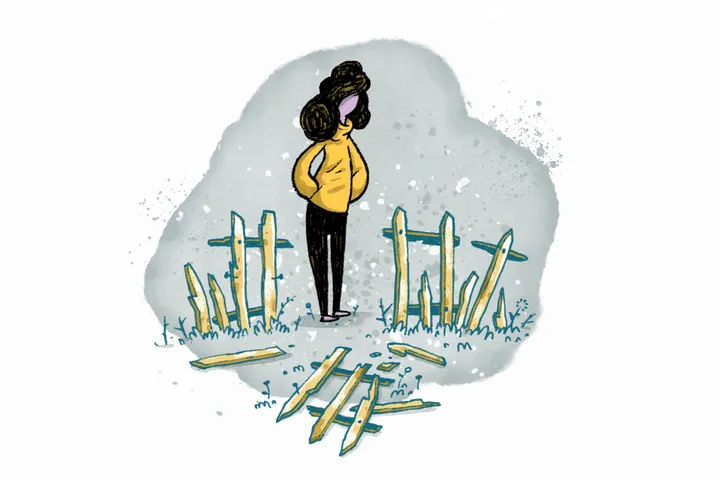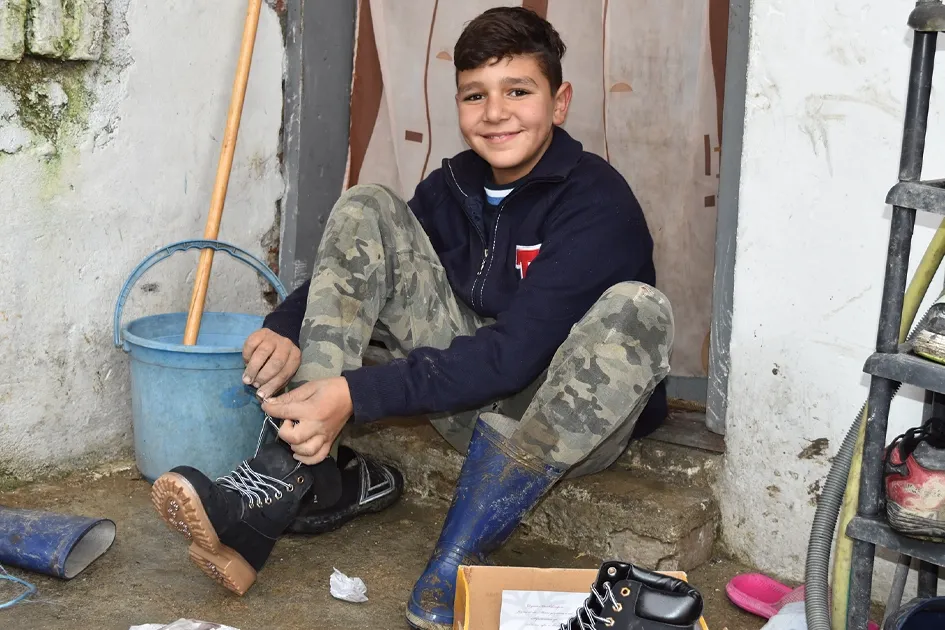
I’ve always loved the opening paragraph of J.R.R. Tolkien’s The Hobbit: “In a hole in the ground there lived a hobbit. Not a nasty, dirty, wet hole, filled with the ends of worms and an oozy smell, nor yet a dry, bare, sandy hole with nothing in it to sit down on or to eat: it was a hobbit-hole, and that means comfort.” This photo, captured by Dr. Stanley near Vatnajökull National Park in Iceland, makes me think such restful places exist outside of Middle Earth.
These dwellings, known as turf houses or sod houses, can be found all over Iceland and other nations in the more northern climates. Where building supplies are sparse and the weather is sometimes brutal, these little spaces make use of the ground for insulation. Flat stones serve as the flooring, and builders stack large pieces of turf to ensure the building remains stable. Finally, they use a wooden frame to create the living space and then cover all sides of their creation with wood and more cut slabs of earth to create a building that is both completely natural and remarkably efficient at retaining heat. It is a beautiful example of humans as sub-creators—using elements of God’s good world to make something beautiful and lasting, something at peace with the place from which it came.
It is a beautiful example of humans as sub-creators—using elements of God’s good world to make something beautiful and lasting, something at peace with the place from which it came.
In John 14:23, Jesus tells His disciples, “If anyone loves Me, he will follow My word; and My Father will love him, and We will come to him and make Our dwelling with him.” The Greek word translated as “dwelling” here is moné, which means “lodging or a dwelling-place (not transitory).” Unlike a tent or lean-to, a dwelling is built for long-term habitation. It is place that allows a person to put down roots, to belong, to be safe and protected.
That is precisely what happens when the Holy Spirit indwells each of us; we attain a kind of permanence, a oneness with Him that can never be destroyed or corrupted. (See 1 Cor. 3:16; 2 Cor. 6:16; 2 Tim. 1:14; Rom. 8:11.) In this photograph, there is little to distinguish the created space from the natural world around it; they are of a seemingly single piece. And that is what we become with the Spirit—“perfected in unity” (John 17:22). And it is only in that unparalleled, mysterious union that we experience the peace and comfort our Lord provides to those who dwell secure in Him.





